Craft village over 400 years old
According to historical records, in the early 17th century, the Le Dynasty invited skilled minters from Thuan Thanh, Bac Ninh and Van Lam, Hung Yen to the capital Thang Long to mint coins for the court. After completing the task, the king allowed them to settle in the land around Truc Bach Lake. To commemorate their homeland, they named their new village Ngu Xa - meaning "five communes gathered together".
Initially, the bronze casting profession in Ngu Xa mainly served the royal court, specializing in casting coins and worship items. Gradually, the profession developed and expanded to produce household items such as trays, basins, bronze pots... and worship products such as Buddha statues, bronze censer, candles, incense bowls, flower vases, sets of three, five... Therefore, the reputation of Ngu Xa casting profession spread throughout the country.
Entering the 20th century, after the Dien Bien Phu Victory and then the Liberation of the Capital in 1954, to meet the new demands of society, Ngu Xa people switched to aluminum casting, manufacturing rice cookers, pots, pans and other items serving national defense and people's lives. Despite going through difficult times, the people here still do not forget their love for the profession, always learning, improving their skills, preserving and passing on the sophisticated bronze casting techniques of their ancestors.
Over the course of more than 400 years, Ngu Xa people have gathered master artisans in bronze casting, contributing to the creation of many masterpieces associated with national culture. These include the Tran Vu statue located at Quan Thanh Temple - one of the sacred "Four Towns" of Thang Long, or the 14-ton bronze statue of Amitabha Buddha at Ngu Xa Pagoda - recognized by the State as a typical cultural and artistic work of Vietnam.
Developing OCOP products associated with craft villages
Promoting that precious tradition, the craftsmen of Ngu Xa village today always cherish their passion, continuing to inherit the quintessence of bronze casting art with the desire to preserve the profession and bring traditional products closer to modern life.
The most typical in Ngu Xa village today is the artisan Bui Thi Minh family - the only family today with 4 members awarded the title " Hanoi Artisan" by the State. Ms. Minh's family's Ngu Xa Traditional Bronze Casting Company Limited is producing hundreds of bronze casting products bearing the imprint of Vietnamese culture, elaborately crafted with sophisticated traditional patterns and motifs...
Notably, according to Artisan Bui Thi Minh, in 2021, her family had two products, a pair of Tu Linh lamps and a Song Ngu vase, recognized by the city as 4-star OCOP products. In addition, many other products also won high prizes in the exquisite handicraft competitions organized by the Ministry of Agriculture and Rural Development (now the Ministry of Agriculture and Environment) in coordination with the Japan International Cooperation Agency in Vietnam.
Vice Chairman of Truc Bach Ward People's Committee (Ba Dinh District) Hua Thi Minh Hong said that in order to support and create output for the craft village, the Hanoi Department of Industry and Trade coordinated with the Ba Dinh District People's Committee to open the OCOP product introduction and sales point associated with Ngu Xa bronze casting at 178 Tran Vu. Hanoi City has also recognized Ngu Xa bronze casting as one of the typical traditional crafts of the capital.
“This is an important recognition and encouragement, helping craft villagers have more motivation to continue to preserve and develop their profession, develop OCOP products, contributing to preserving the unique cultural values of the thousand-year-old land of Thang Long,” Ms. Hong emphasized.
Source: https://hanoimoi.vn/tinh-hoa-duc-dong-ngu-xa-gop-mat-trong-san-pham-ocop-thu-do-701465.html







![[Photo] Prime Minister Pham Minh Chinh chairs conference to promote public investment growth momentum](https://vphoto.vietnam.vn/thumb/1200x675/vietnam/resource/IMAGE/2025/5/20/7d1fac1aef9d4002a09ee8fa7e0fc5c5)
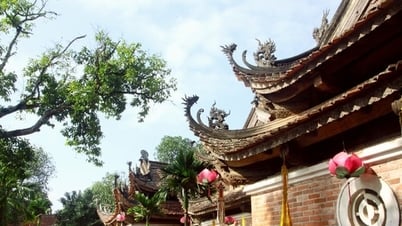
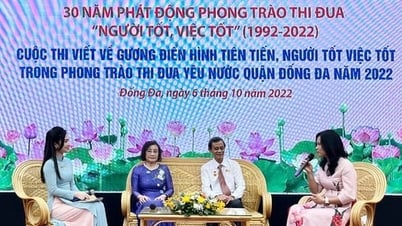



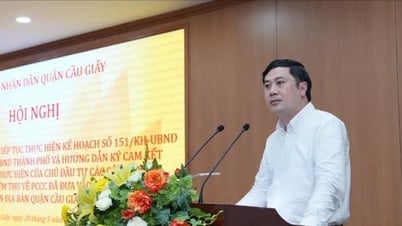





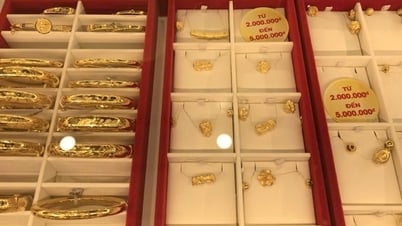
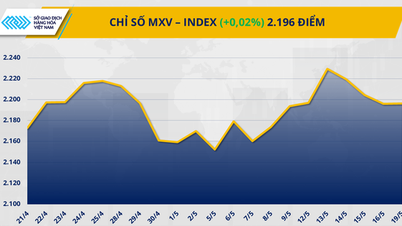



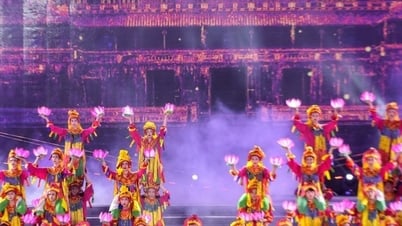

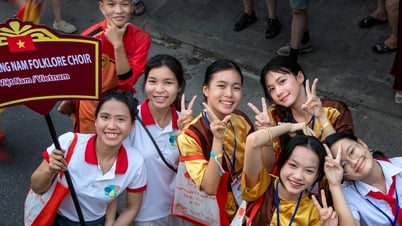






















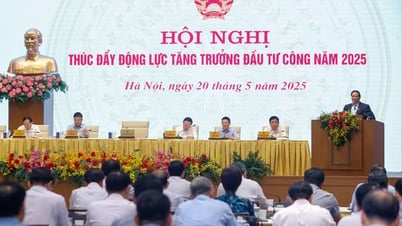













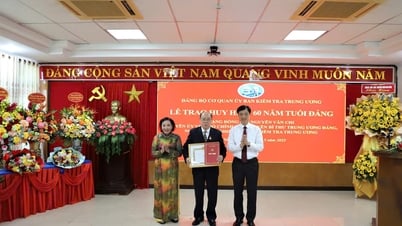



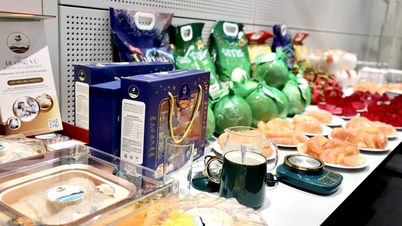

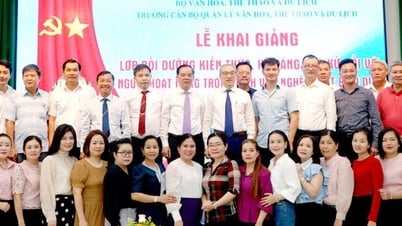

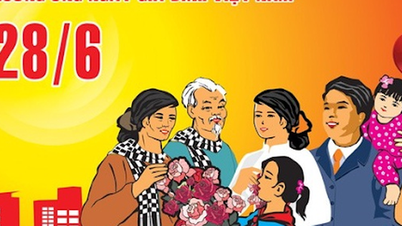


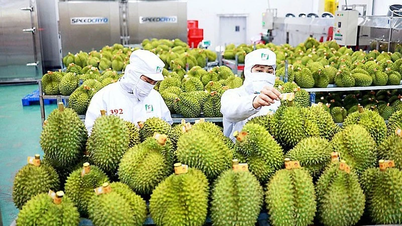

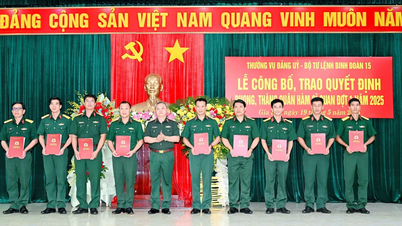


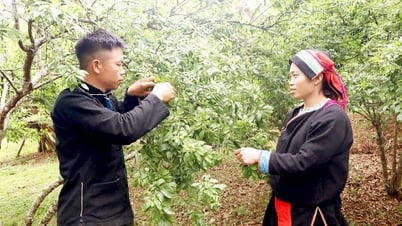













Comment (0)